There is nothing more exciting than taking a walk along the beach and stumbling across a fossil that dates back hundreds of millions of years. It’s an outdoor experience perfect for children of all ages, and it continues to delight adults, too. But where are the best places to find fossils near you?
Here we have gathered some of the top places for beginner fossil hunters to start their collection of ammonites, echinoids and belemnites, so grab a bucket and a pair of sturdy shoes and get hunting. Before you go, check out our guide to common UK fossils so you know what to look out for!
Best places to go fossil hunting in the UK
There are hundreds of great places in the UK to go fossil hunting. Typically, coastal areas with soft cliffs and rapid erosion offer the best opportunities, because they regularly reveal fresh fossils.
Lyme Regis, Dorset
Lyme Regis is a world-famous fossil-hunting spot and a guided walk with a local expert is a good way to get started. Don’t forget to check the tide times – the best time to go is when the tide is going out, leaving the rocks freshly exposed.
Every spring, Lyme Regis hosts its annual Fossil Festival. Visitors will be able to take part in guided fossil walks, meet scientists from the British Antarctic Survey and purchase fossils and fossil-based arts and crafts from the Fossil Fair. Follow in the footsteps of Mary Anning and become a fossil hunter yourself!
Lyme Regis and Charmouth are world-famous fossil-hunting spots and a guided walk with a local expert is a good way to get started.
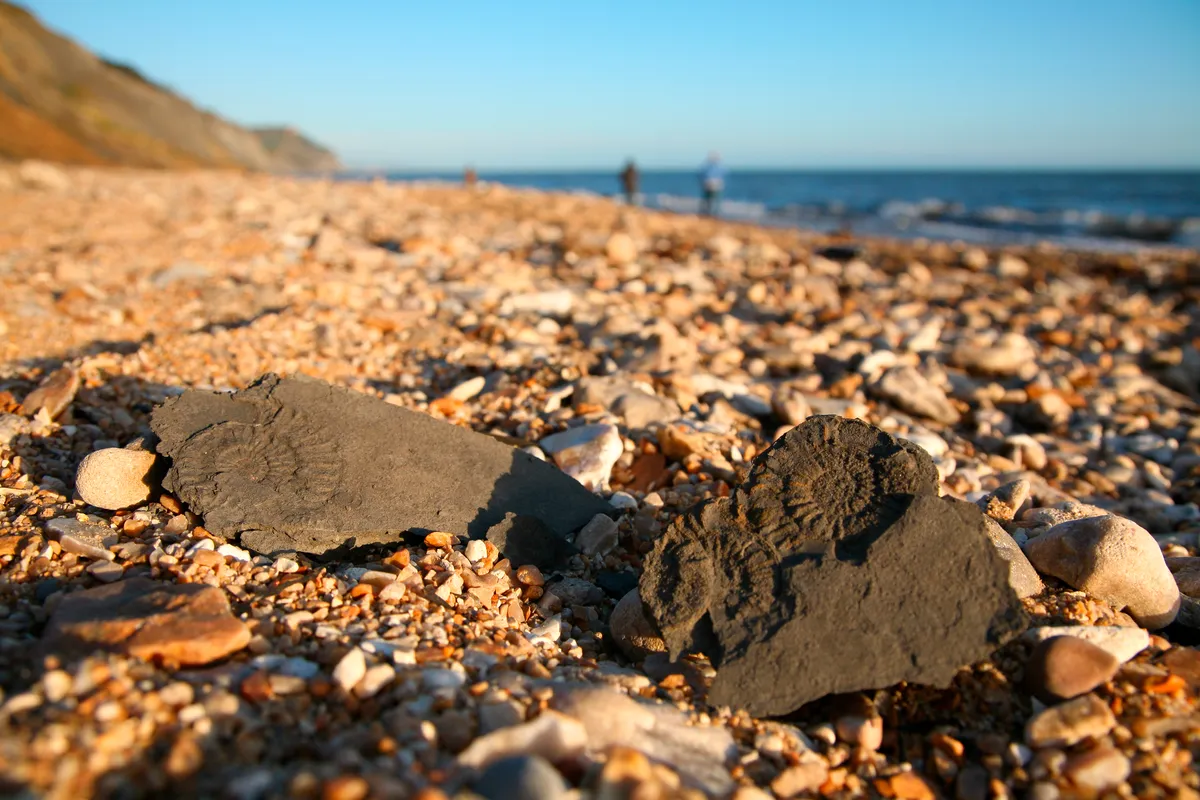
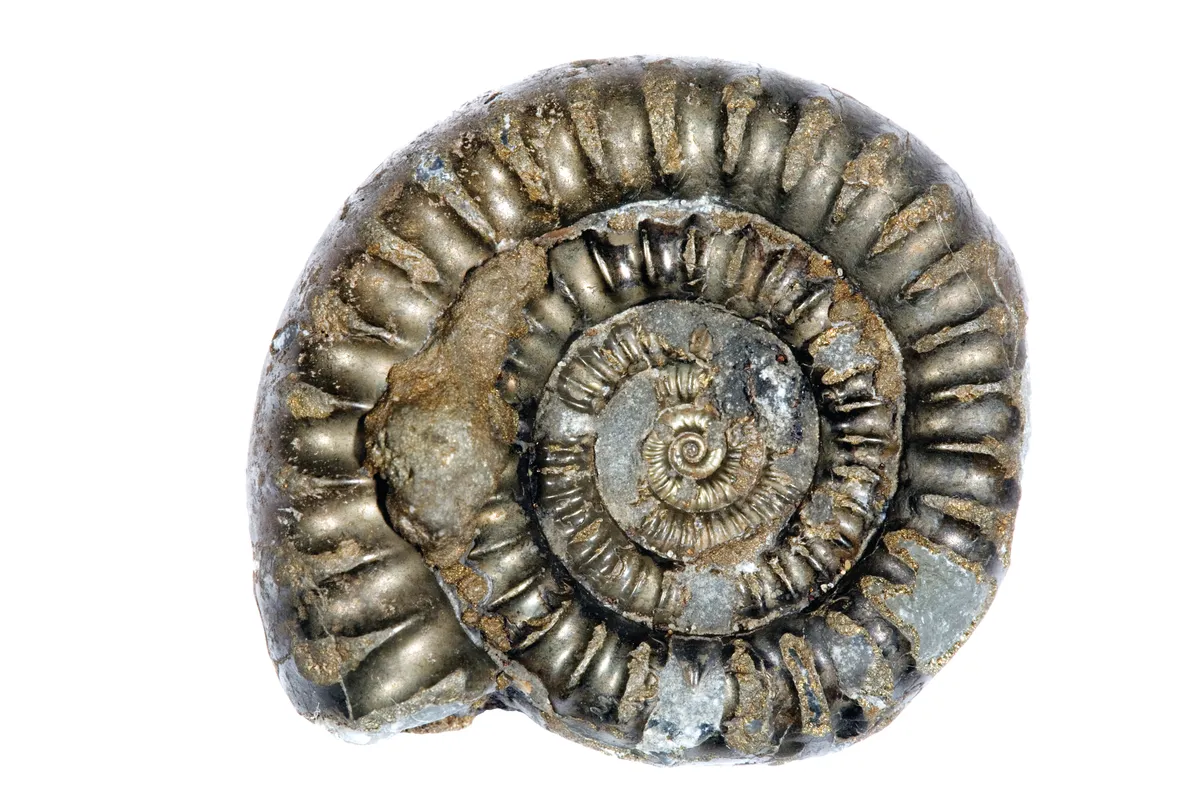
Charmouth, Dorset
Indulge in fossils on Dorset and Devon's Jurassic Coast. Now recognised as a UNESCO World Heritage Site, it’s made up of 95 miles and 185 million years of prehistoric life, gradually exposed for eventual discovery.
The Dorset village of Charmouth – the gateway to the Jurassic Coast – is pleasantly removed from the blare and glare of other seaside amusements, and is a wonderful starting point for a fossil-hunting daytrip.
Along the Jurassic Coast, the best place to find fossils is loose on the beach where the sea has already done the hard work of separating them from surrounding rocks. Cliff falls and landslides can happen without warning so stay away from all cliffs and remember to check tide tables to avoid getting cut off by a rising sea. While you're there, try this Golden Cap walk for stunning views of Dorset.
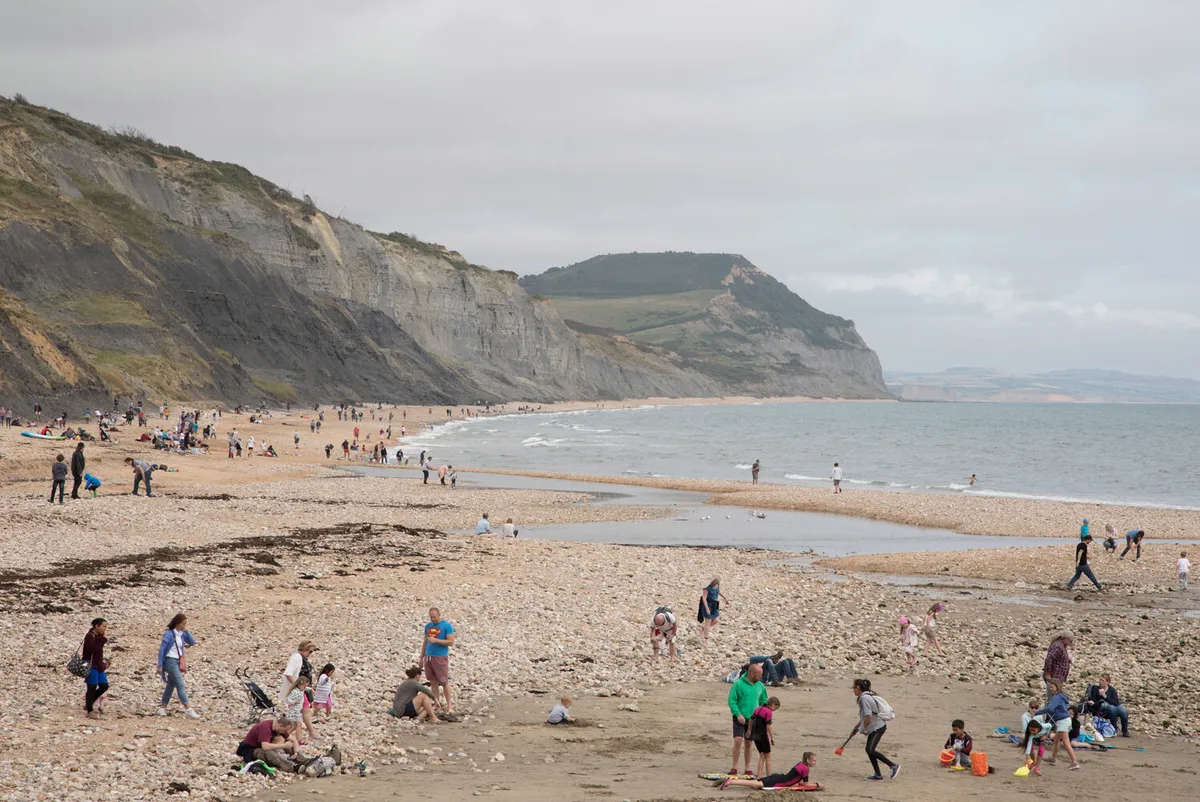
Dunraven Bay, Vale of Glamorgan
Dunraven Bay, with its dramatic cliffs and other-worldly ribbons of limestone stretching out to sea, is one of the best beaches in South Wales for fossil hunting. It's incredible to think that all of this used to be at the bottom of a warm, shallow sea near the Equator; the layers of blue lias rock (named for its grey-blue colour) were laid down when dinosaurs roamed the Earth.
Battered by the elements, this compacted history is eroding before our very eyes, making it a prime spot for the amateur fossil hunter. The most common fossil to appear at Dunraven Bay is a type of bivalve known as a gryphaea. Look for them in the hard limestone layers.

Abereiddy, Pembrokeshire
Graptolites – derived from the Greek words ‘writing’ (graptos) and ‘stone’ (lithos) – were planktonic organisms that drifted about the oceans feeding on algae. Some species even evolved into worm-like filter feeders known as pterobranchs that still live on the ocean floor today. Just imagine, these ‘scribbled on’ rocks found at Abereiddy Bay contain the remains of organisms with a half-billion-year-long history.
Abereiddy Bay is easily reached from the car park, but a far nicer approach is to walk there along the clifftops from Porthgain. The land is owned by the National Trust and is part of the Pembrokeshire Coast National Park.
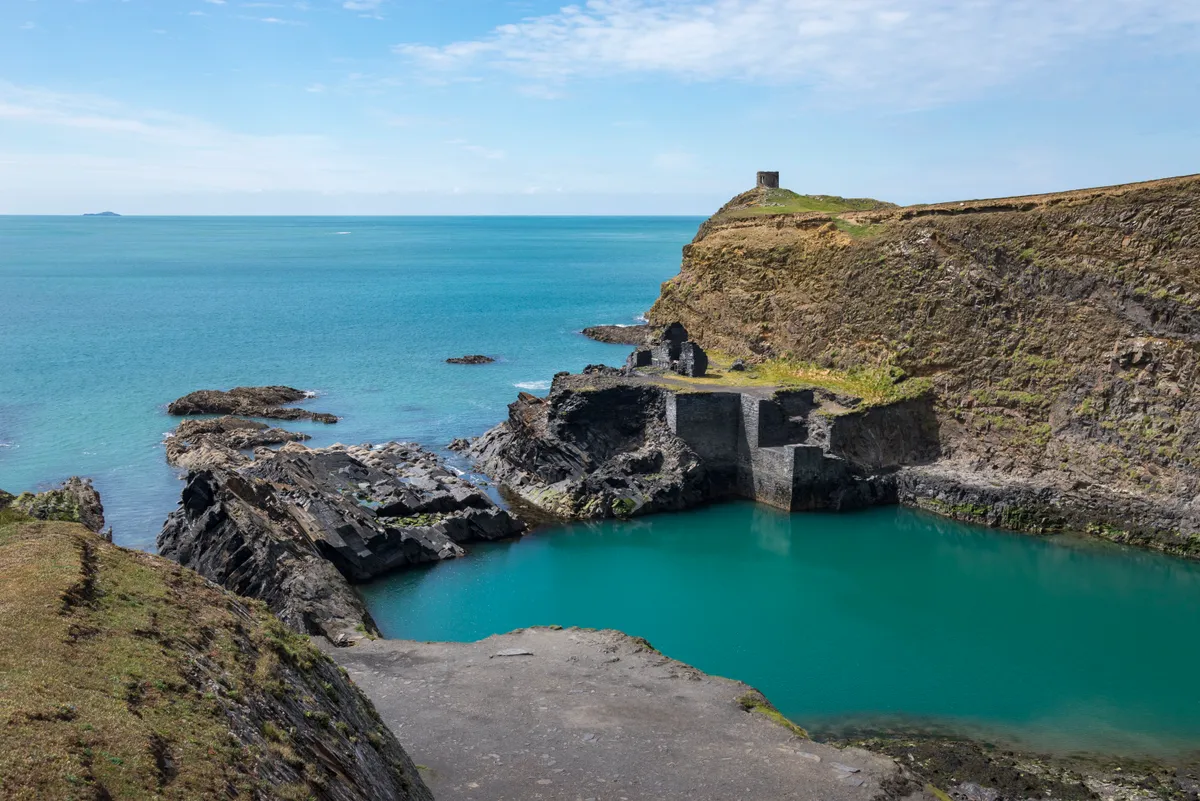
Herne Bay, Kent
Visitors from across Europe flock to Herne Bay to search the fossiliferous beds. Shark teeth, mostly belonging to the Stratiolamia macrota, are the most prevalent type of fossil found.
For the best chance of finding natural treasures amongst the sediment, head to the beach at Beltinge just east of Herne Bay, and walk further east towards Reculver. Visit during spring tides when water levels are extremely low, allowing visitors to search a wider area of the shoreline.
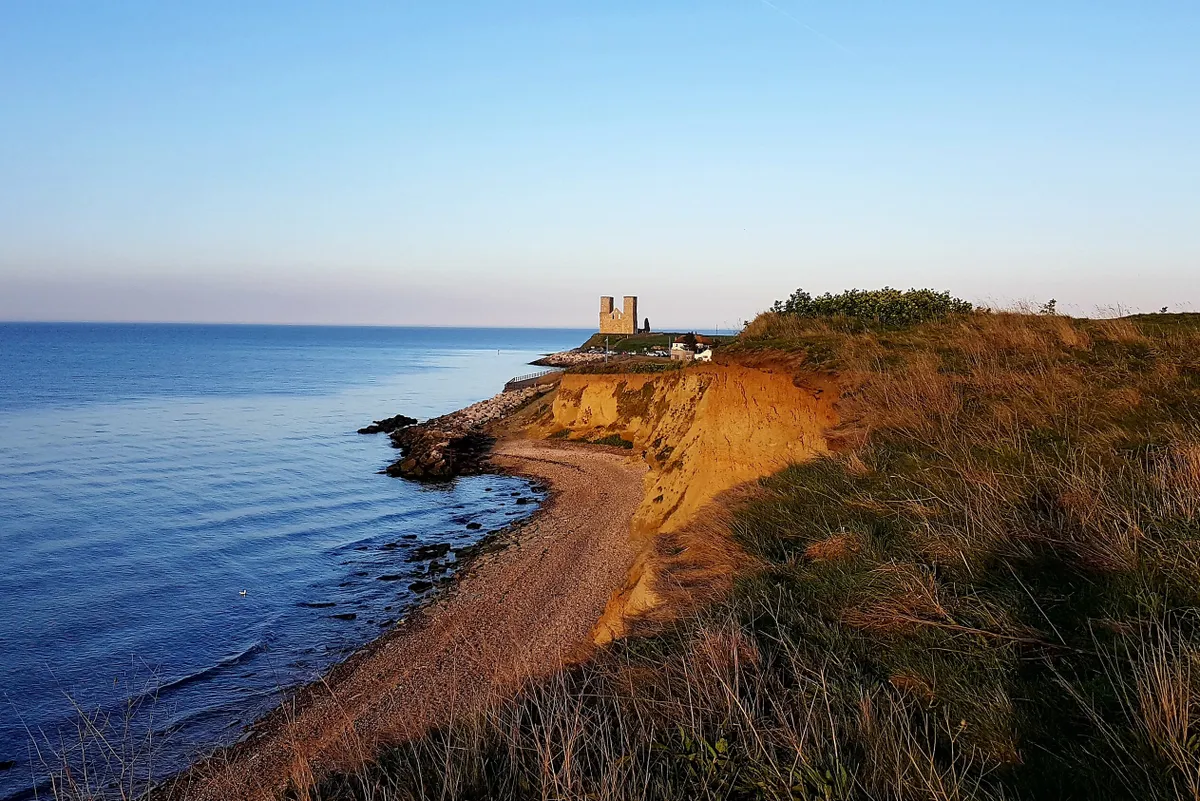
Walton-on-the-Naze, Essex
The small coastal town of Walton-on-the-Naze has been attracting fossil hunters since the 19th century. The coastline here is said to be eroding by half a metre every year, meaning that more and more fossils are turning up on the beach as the cliffs crumble away.
Park outside the Naze Tower, an 18th-century lighthouse, and go down the steps, heading north along the beach. Look out for shark teeth, pyritised twigs and bivalve shells. Take care to avoid walking below the cliff edges, which become particularly fragile following bad weather.

Bracklesham Bay, Sussex
Spring is the best time to visit Bracklesham Bay, particularly during scouring tides when bivalves, shark teeth and gastropods litter the beach. The flat, sandy beach is ideal for children to survey the sands for the remains of prehistoric creatures. Visit an hour before low tide for best results.
During early spring and early autumn, it is easy to get stuck in the soft clay during scouring conditions so watch where you’re walking, particularly if the tide is coming in.
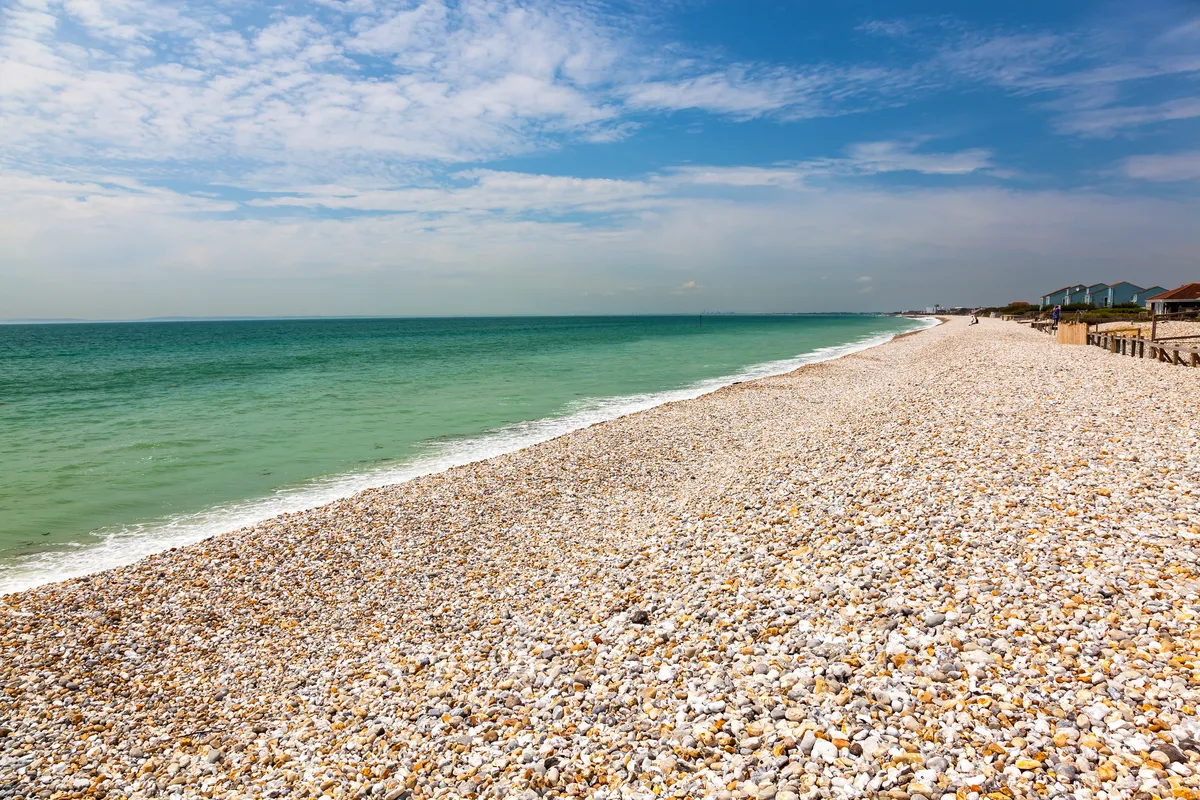
Redcar, North Yorkshire
The ease of access, café and proximity to town make Redcar the ideal location for young fossil collectors. The absence of cliffs and crashing waves also makes this a relatively safe environment for little ones to run about on, while the shingle surface means it’s easy to spot ancient shells on the surface.
Although the nature of the environment here means that discoveries might not be particularly exciting for the more experienced collector, the bountiful numbers of bivalves washing up on the shore will excite new collectors both young and old.

Danes Dyke, East Riding of Yorkshire
The soft chalk at Danes Dyke dates back 75 million years to the Cretaceous period and is the UK’s best location for collecting sponges. Experienced fossil collectors may wish to bring a hammer and chisel with them to break open boulders along the shore to find the freshest sponges, although there is plenty to find by simply scanning the loose rocks, including echinoids, crinoid plates and sea urchin spines.
Danes Dyke is easily accessible, and has a café, car park and toilets, making it suitable for all the family.
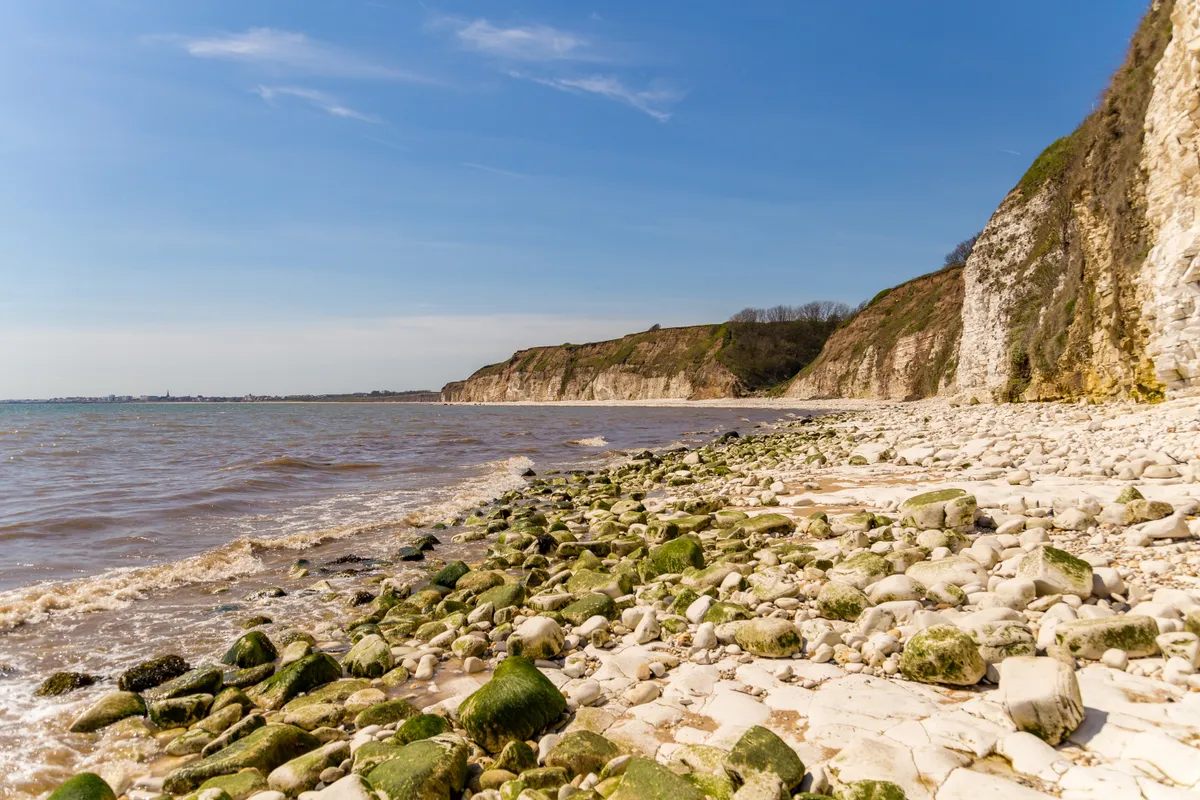
Barton-on-Sea, Hampshire
The cliffs overlooking the Solent are rich with fossils, making the area between Highcliffe and Barton-on-Sea perfect for exploring. On the sandy beach, driftwood is found amongst a host of fossilised shells including gastropods and bivalves.
The eroding cliffs mean that fossils often find their way down onto the beach, and great care should be taken if you choose to explore the cliff slippages as it’s easy to become stuck. Visit as the tide is going out to increase your chances of finding shark teeth strewn along the shoreline.


Mappleton, East Riding of Yorkshire
Mappleton, home to an old MOD base, is one of the best places to get down onto the eroding Holderness Coastline. The rapid erosion ensures that fossils turn up on the beach on a regular basis. Fossils found along this coastline arrived here in glacial deposits, meaning that the things that turn up on the beach didn’t originate in this area.
Fossils found at Mappleton can range dramatically in size, from small belemnites to large pieces of oak that would have fallen when the ice sheets came down. Keep children away from the cliff face and pay attention to any notices around the old MOD base.
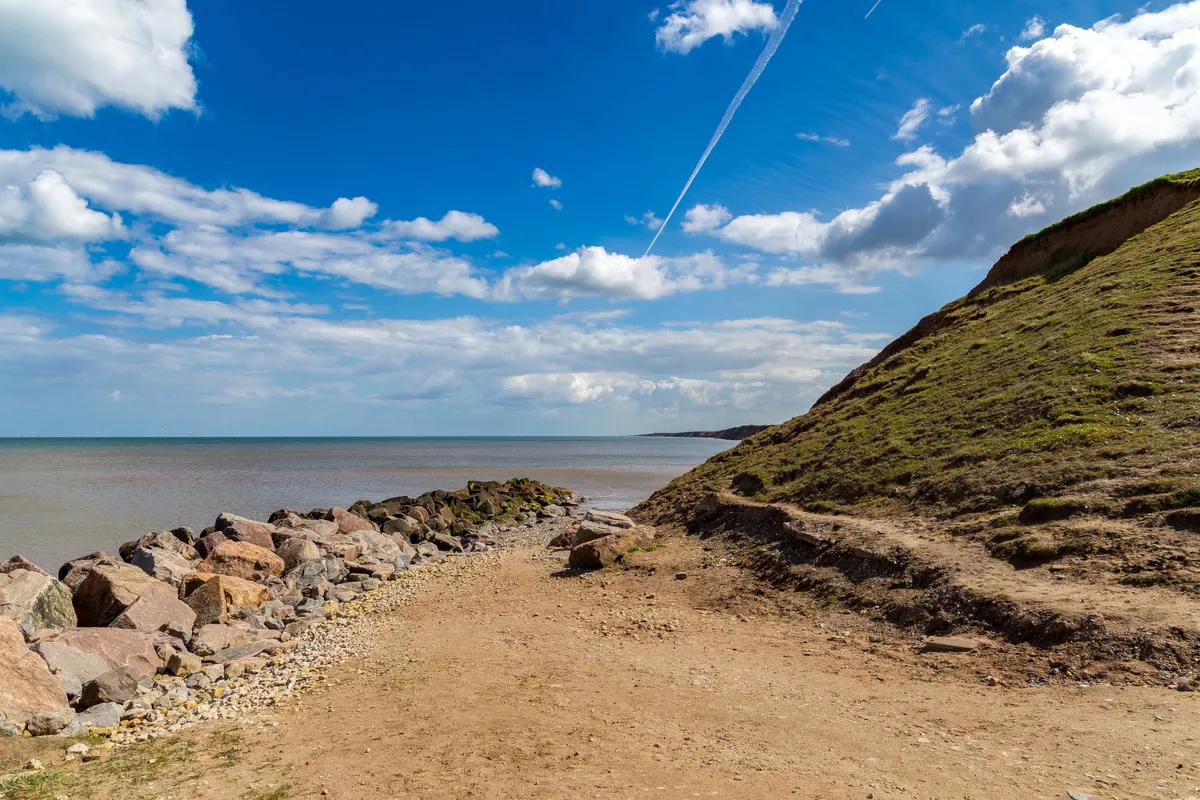
West Runton, Norfolk
In 1990, a local couple walking along West Runton beach stumbled across the fossilised skeleton of a steppe mammoth. Although you might not find a mammoth yourself, the sand and pebble beach is ripe with smaller fossils such as belemnites and sponges, particularly after a high tide or big storm, while rock pools mean you can explore the environment of living creatures too.
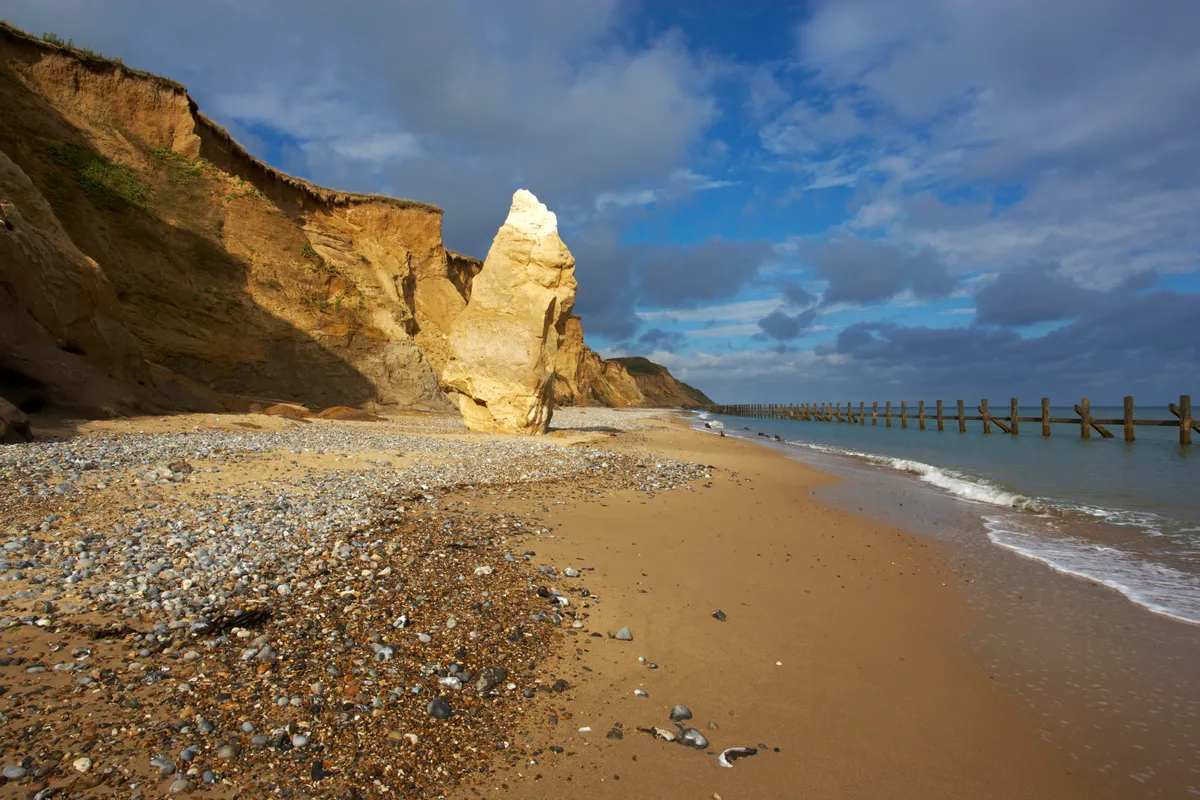
Penarth, Vale of Glamorgan
Trains run from Cardiff Queen Street to Penarth every 15 minutes, making this the perfect place for a fossil-hunting day trip. The constant erosion of the cliff face at Penarth means that you can find a huge range of fossils without needing to bring your hammer and chisel along.
Fossils here date from the Jurassic period, so the brachiopods, ammonites and gastropods you take home will be 200 million years old. Fish and chips on the pier provide the ideal reward for a hard day’s fossil collecting.

Interested in discovering more treasures along our shores? Check out our guides to amazing seabirds, incredible coastal caves and spectacular coastal walks.
What equipment do you need to go fossil hunting?
More experienced collectors might invest in special tools to break open boulders, but a sharp pair of eyes and a bucket for collecting is all you’ll need to take with you to the places listed here.
The most important tools you need for successful fossil hunting are a sharp pair of eyes and a bit of patience. In most places you don’t need a hammer but if you have to, use a geological hammer and wear safety goggles.
